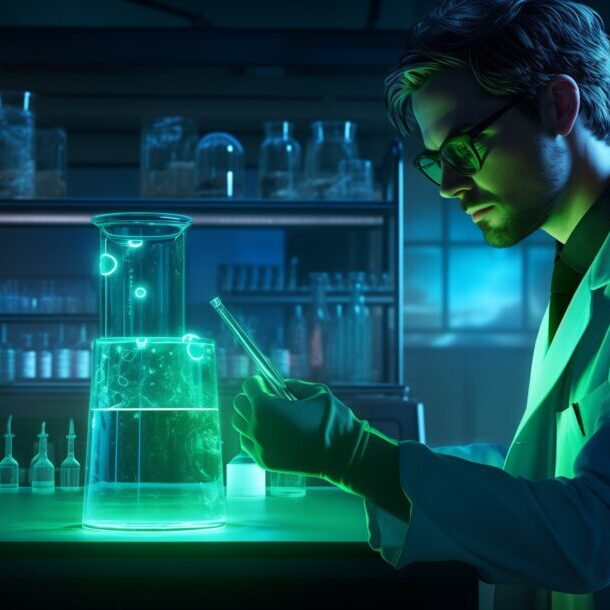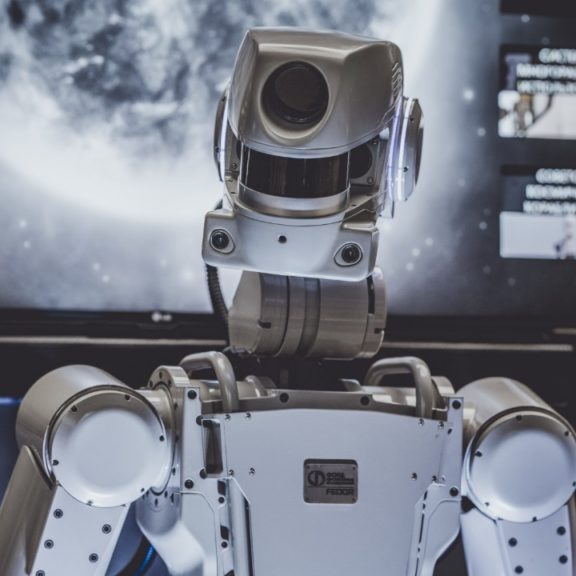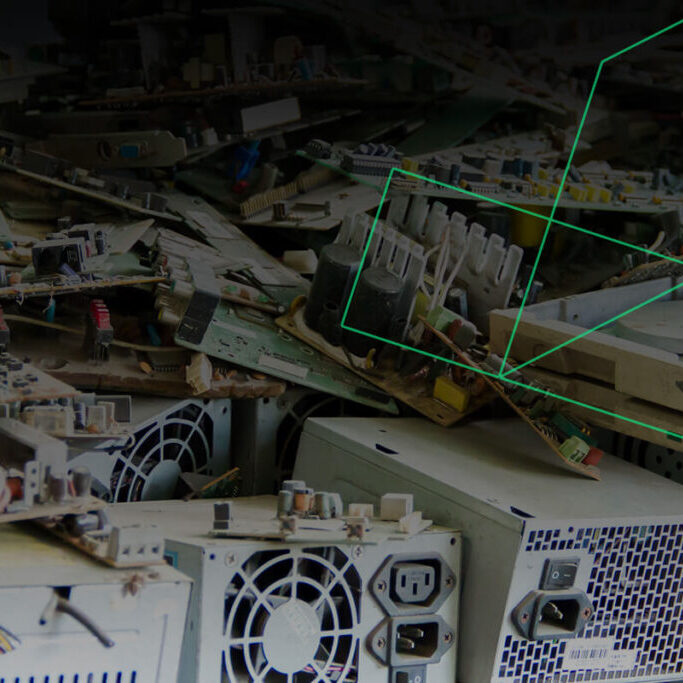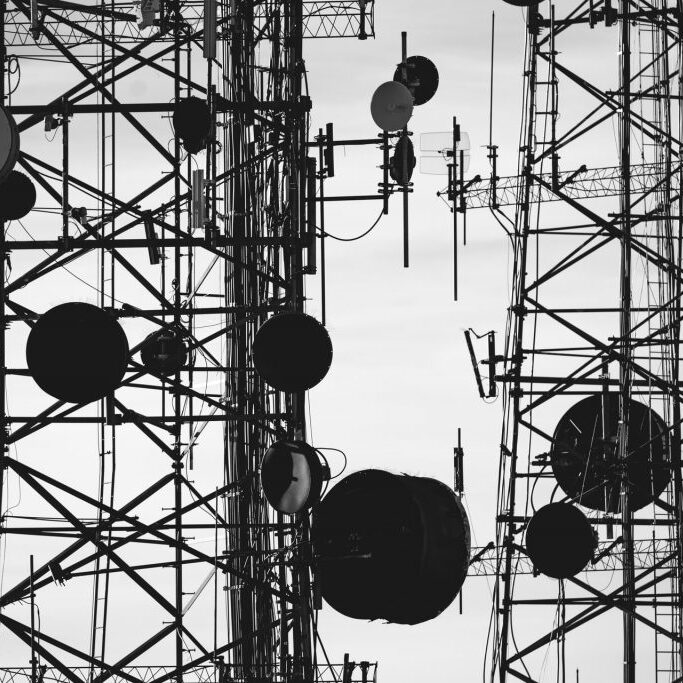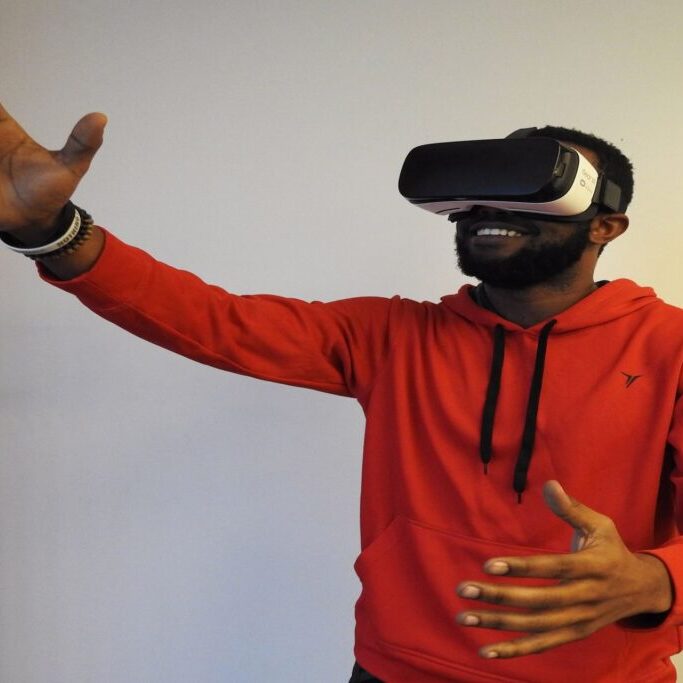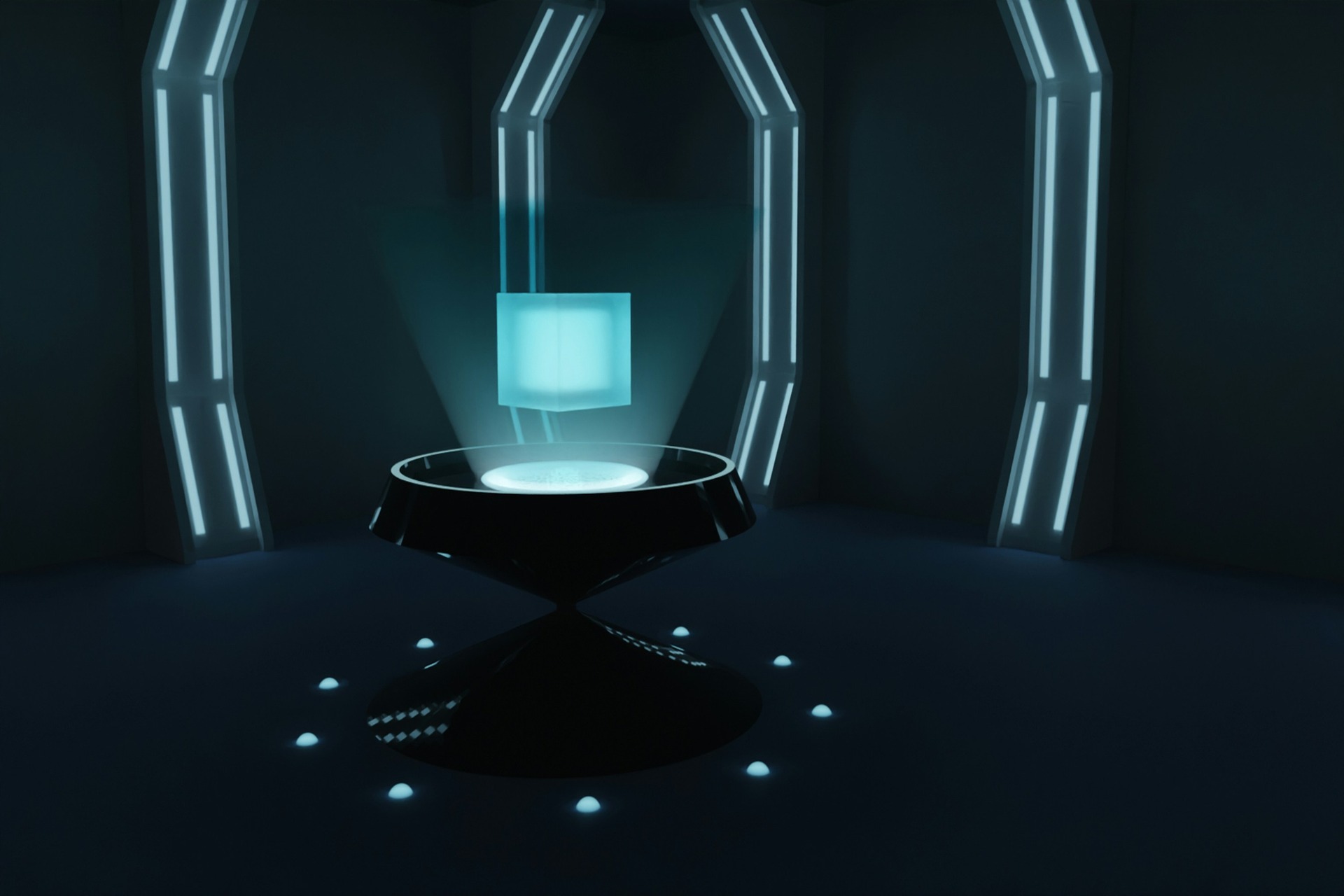If you’ve spent time on physics or general science forums, you may have heard people talk about something called zero-point energy. It’s the least amount of energy that a quantum mechanical system can have.
Something accepted in the quantum physics realm called the Heisenberg uncertainty principle says it’s impossible to completely remove all power from a system. Zero-point energy is what’s left after getting rid of all other sources.
Some people also refer to zero-point energy as ground state energy, which is what’s available at a temperature of absolute zero. All quantum mechanics systems fluctuate due to their wave-like characteristics. Thus, the resultant vibration caused by those fluctuations causes zero-point energy. Moreover, everything, from electromagnetic fields to particles, has zero-point energy.
Subatomic particles don’t behave like single ones, but as waves that continuously shift between energy states. Therefore, even what seems like an empty vacuum of space has particles that come into and out of existence. Physicists disagree about the amount of energy within the void, but, some people wonder if it’s possible to harness it and benefit from its seemingly limitless power.
Could the World Harness Zero-Point Energy?
Society is always eager to find new and plentiful energy sources. It’s not surprising, then, that some people wonder about using zero-point energy to meet some of our energy needs.
Dr. Garret Moddel is one of the foremost researchers working on zero-point energy, and he has published several papers on the matter. However, all his work so far consists of prototypes and other projects in the preliminary stages. As such, it’s more appropriate to think of harnessing zero-point energy as something that’s theoretically possible, not yet to the point of something feasible for the real world.
Other analysts think it’s impossible to use it and that the idea of doing so is best left in science-fiction. That’s because using it in a system requires lowering the remaining energy to something below the zero point, which is already the minimum amount.
However, the idea of harnessing it remains interesting and appealing to people. There’s so much left to learn about space, and how matter and energy exist within it. Because space is so vast, it’s not surprising that science enthusiasts think it’d be great to tap into the power residing there.
People also point out that if using zero-point energy was possible, researchers don’t have the equipment to do so. Then, once they developed it, teams would likely run into unforeseen problems, which tend to crop up when working with any new technology.
Consider that, for now, the prevailing opinion is that harnessing it isn’t possible. However, the fact that people are eager to explore the idea may mean scientists make progress in this area eventually.
Other Relevant Research
Even though using zero-point energy as a power source is too far-fetched for now, scientists have made related progress that could ultimately help them learn more about the subject.
For example, a few years ago, researchers discovered that zero-point energy plays an important role in making nanomagnets stable. People are particularly interested in using nanomagnets to store data. In this case, stability relates to a magnetic moment — the strength and orientation of a magnet — pointing consistently in one of two preassigned directions.
More recently, scientists came up with a way to capture images of the quantum fluctuations described above. Then, besides getting the pictures, they gathered details about the times, sizes and distributions of those quantum events.
A Fascinating Idea
Even though the idea of zero-point energy makes people ponder the possibilities, we’re a long way off from using it in the world. However, that’s not to say experts should stop finding out everything they can about zero-point energy and other things in the quantum world.
It’s far too soon for people to get their hopes up about using it as an energy source. Instead, they should think about learning more about the newer sources of energy we do have, such as those that rely on green, renewable power.
Recent Stories
Follow Us On
Get the latest tech stories and news in seconds!
Sign up for our newsletter below to receive updates about technology trends

